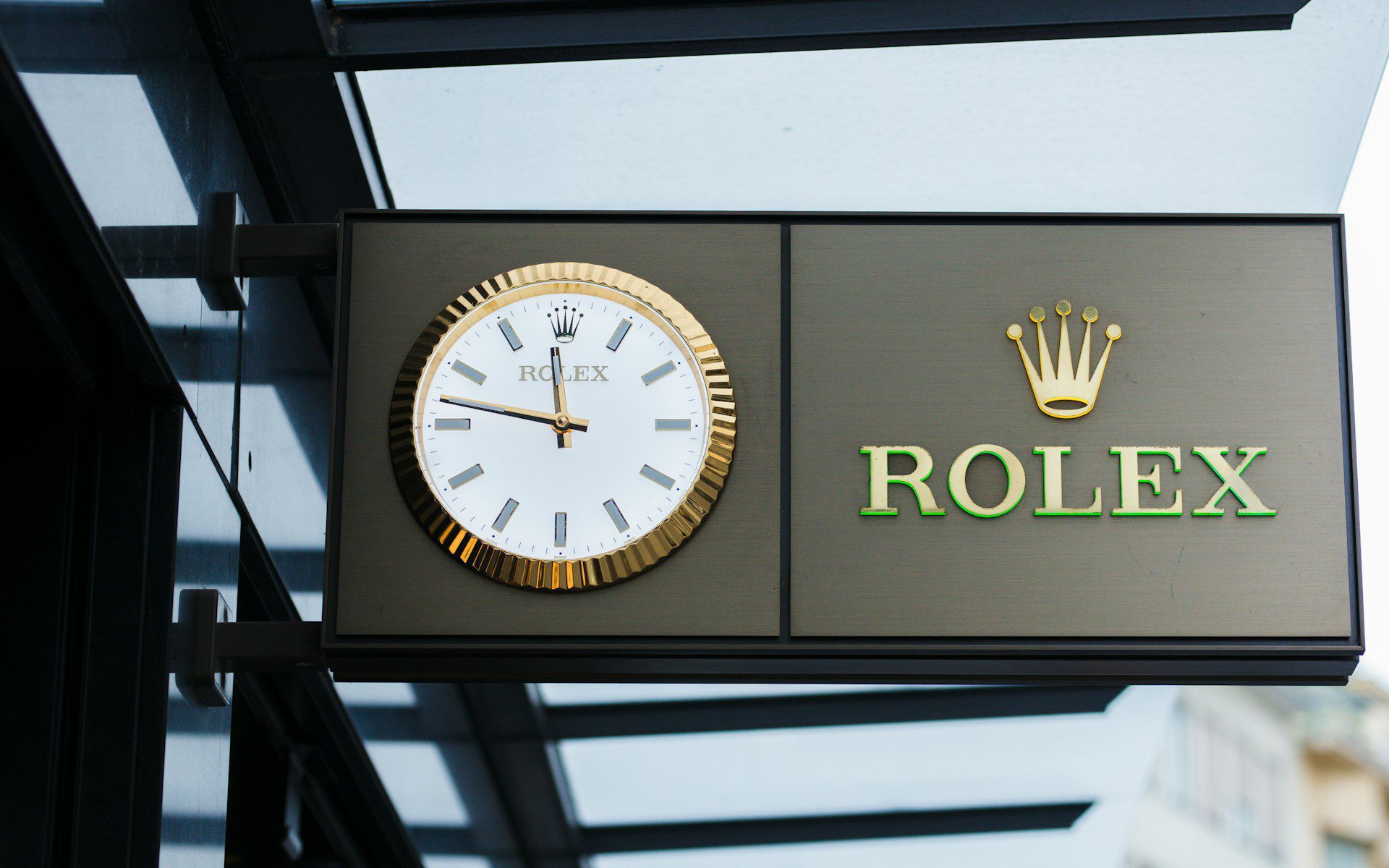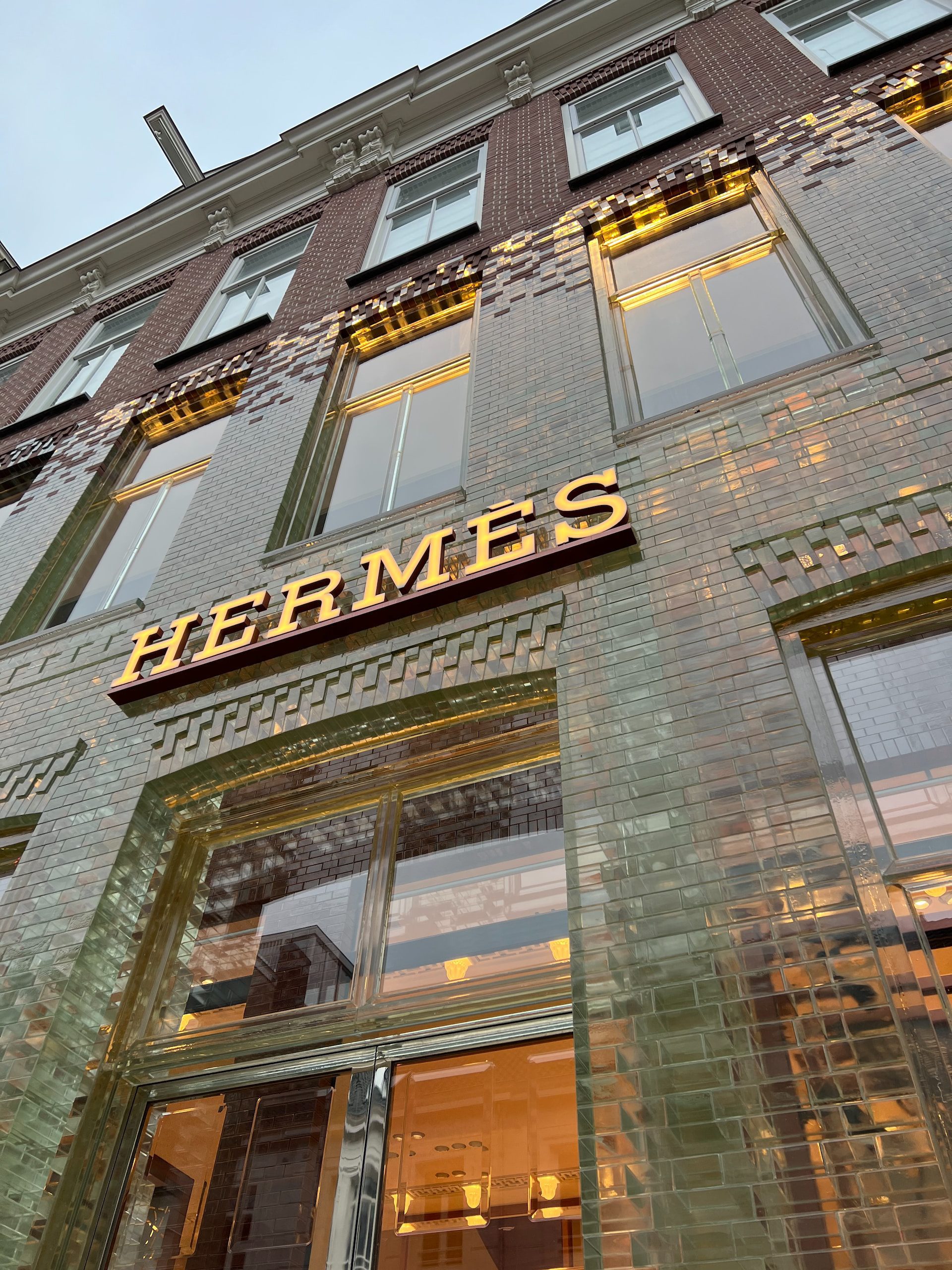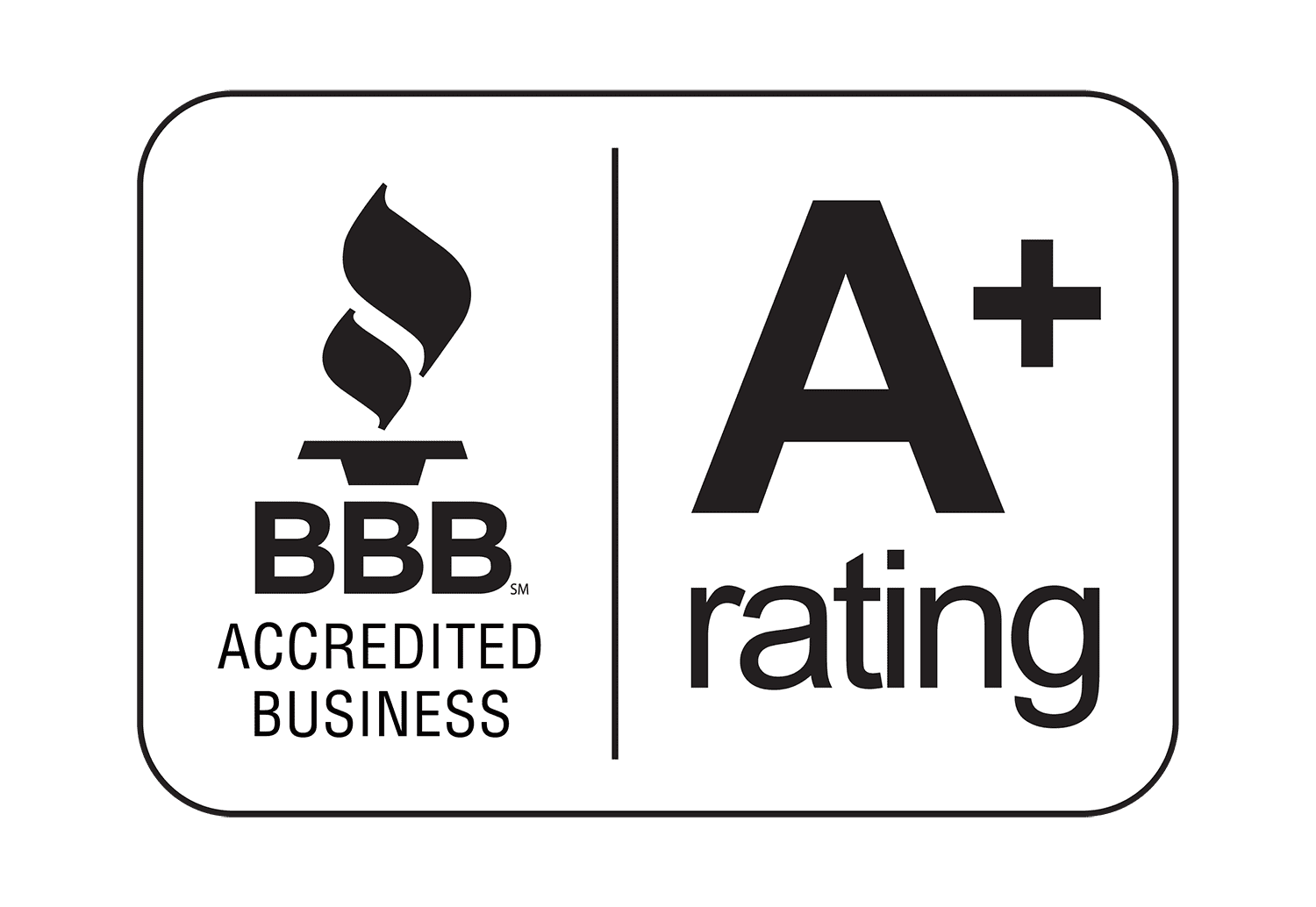For many watch enthusiasts, the allure of Rolex extends beyond its modern offerings into a rich history of iconic timepieces that have shaped the world of horology. Vintage Rolex watches, particularly those produced between the 1950s and 1990s, represent a fascinating segment of the collector’s market, sought after for their historical significance, unique characteristics, and potential as tangible investments. Unlike contemporary models, vintage Rolex carries the patina of time and a direct connection to the eras they represent.
This guide provides a collector-focused look at vintage Rolex, examining the factors that make certain models highly coveted, the nuances of condition and authentication, and their performance in the investment landscape.
Historical Significance: Icons of Their Era
Vintage Rolex watches are more than just old timepieces; they are artifacts that tell stories of exploration, innovation, and changing styles. Certain models stand out for their pioneering features or association with historical events and figures.
- Submariner: Introduced in the 1950s, the Submariner was one of the first watches designed specifically for divers. Early references like the ref. 6204, 6538 (the “Big Crown”), and 5512/5513 are highly collectible for their role in establishing the dive watch standard. Explore the Evolution of the Rolex Submariner and discover Top Rolex Submariner Models to Buy.
- GMT-Master: Developed in the 1950s for Pan Am pilots, the GMT-Master allowed wearers to track multiple time zones. Early references like the ref. 6542 (with a Bakelite bezel) and 1675 are iconic travel watches.
- Daytona: Originally a chronograph designed for motorsports, the manually-wound Daytona references (like the ref. 6263/6265 with the “Paul Newman” dial) are among the most sought-after and valuable vintage watches in the world.
- Explorer: Created for adventurers and explorers, the Explorer (particularly early ref. 1016) is known for its simplicity, legibility, and robust construction.
- Datejust/Day-Date: While often seen as dress watches, early and specific vintage references of the Datejust and Day-Date, especially those with unusual dials, bezels, or materials, are also collected.
These models, among others, represent key milestones in Rolex’s history and the broader evolution of wristwatches.
Rarity Factor Assessment Framework
Rarity is a significant driver of value in vintage Rolex collecting. Several factors contribute to a watch’s rarity:
- Low Production Numbers: Some references or dial variations were produced in smaller quantities than others.
- Short Production Runs: Models made for only a few years are inherently rarer than those produced for decades.
- Transitional Models: Watches produced during the transition between references may have unique combinations of features from both the outgoing and incoming models, making them rare.
- Dial Variations: Subtle differences in dial printing, color (patina), or design (“tropical” dials, “spider” dials, error dials) can make a watch significantly rarer and more valuable.
- Case Variations: Differences in case shape, crown size (“Big Crown”), or lug holes can denote rarer versions.
- Provenance: Watches with documented history, especially those owned by notable figures or associated with significant events, are exceptionally rare and valuable.
Understanding these rarity factors requires detailed knowledge of Rolex’s production history and reference numbers.
Condition Grading Standards Specific to Vintage Rolex
Condition is paramount in vintage watch collecting, but the standards differ from those for modern watches. A certain amount of wear and patina is expected and even desirable in vintage pieces.
- Originality: The degree to which the watch retains its original components (dial, hands, bezel insert, case, movement) is crucial. Replacement parts, even genuine Rolex service parts, can significantly decrease value.
- Dial and Hands: The condition of the dial and hands is particularly important. Patina (natural aging) is often desirable, but damage like moisture spots, scratches, or reluming significantly impacts value.
- Case Condition: While polishing is sometimes necessary, excessive polishing that alters the original case shape or bevels is detrimental to value. Dings and scratches are often acceptable signs of age, provided they don’t compromise the case’s integrity.
- Bracelet/Strap: The original bracelet or strap, if present and in good condition, adds value. The condition of the clasp and links is assessed.
- Movement Condition: The movement should be original to the watch and in good working order. Service history is important, but major modifications or replacement of key components can affect value.
- Patina: The natural aging process of the dial, hands, and luminous material (often turning creamy or brown) is highly valued by collectors and contributes to a watch’s unique character.
A vintage Rolex is not expected to look brand new, but its condition should be consistent with its age and show signs of careful ownership and originality.
Authentication Challenge Overview for Different Production Eras
Authenticating vintage Rolex watches can be complex due to the age of the watches, variations in production, and the prevalence of sophisticated fakes and “frankenwatches” (watches assembled from genuine and fake or incorrect parts).
- Serial and Reference Numbers: Verifying the serial number (indicating production year) and reference number (indicating model) is a starting point, but counterfeiters can replicate these.
- Dial Details: Examining the printing, fonts, spacing, and luminous material on the dial requires expert knowledge, as subtle variations can indicate authenticity or a fake/service dial. Learn more in How to Spot a Fake Rolex.
- Movement Inspection: Authenticating the movement involves checking the caliber number, serial number (if present), finishing, and correct components for the specific reference and era.
- Case and Bracelet Hallmarks: Examining the hallmarks on the case and bracelet for correctness and quality of stamping is important.
- Documentation: Original papers, warranty certificates, and service records add significant credibility, but these must also be authenticated. The importance of Certification and Documentation: Why Provenance Matters for Luxury Investments is heightened for vintage pieces.
Authentication challenges vary by era, with earlier watches often having more production variations and later vintage pieces facing more sophisticated counterfeits. Professional authentication by a trusted expert specializing in vintage Rolex is highly recommended for any significant purchase. You can also explore What to Look for When Buying a Certified Pre-Owned Rolex.
Investment Performance Data for Blue-Chip Vintage References
Certain vintage Rolex references are considered “blue-chip” investments, having demonstrated strong and consistent appreciation over many years.
- Key Performers: Manually-wound Daytonas (especially “Paul Newman” dials), early Submariners (“Big Crown,” Comex, MilSub), early GMT-Masters (Bakelite bezel), and rare dial variations across various sport models have seen significant price increases. Discover some of the most valuable in The Most Expensive Rolex Watches Ever Sold at Auction.
- Auction Results: Major watch auctions provide key indicators of market value for top-tier vintage Rolex. Record-breaking sales often make headlines and influence market perception.
- Market Trends: The vintage Rolex market is influenced by collector demand, global wealth, and broader trends in luxury collectibles.
- Factors for Appreciation: Rarity, exceptional original condition, desirable dial/case variations, and strong provenance are the primary drivers of significant appreciation.
While past performance is not indicative of future results, the historical data shows that carefully selected and authenticated vintage Rolex watches can be compelling investment assets. They are also assets that can be leveraged; explore options for Rolex Watch Loans or Luxury Watch Loans | No Credit Check.
Conclusion: Timeless Style and Enduring Value
Vintage Rolex watches offer a captivating blend of historical charm, iconic design, and tangible investment potential. For collectors, the hunt for rare references, desirable dial variations, and pieces with compelling provenance is a rewarding pursuit. While navigating the vintage market requires expertise in authentication, condition assessment, and market dynamics, the rewards of owning a piece of horological history that may also appreciate in value are significant. Vintage Rolex stands as a testament to enduring quality and style, making these timepieces highly coveted assets in the world of luxury collecting.
Related Articles
- Investment Timepieces: Which Luxury Watches Hold Their Value Best
- The Complete Guide to Luxury Watch Authentication
- The Pre-Owned Luxury Market: How to Find Authentic Pieces at Better Prices
- The Most Expensive Rolex Watches Ever Sold at Auction
- Rolex Watch Loans
- Luxury Watch Loans | No Credit Check
- How to Spot a Fake Rolex
- Evolution of the Rolex Submariner





